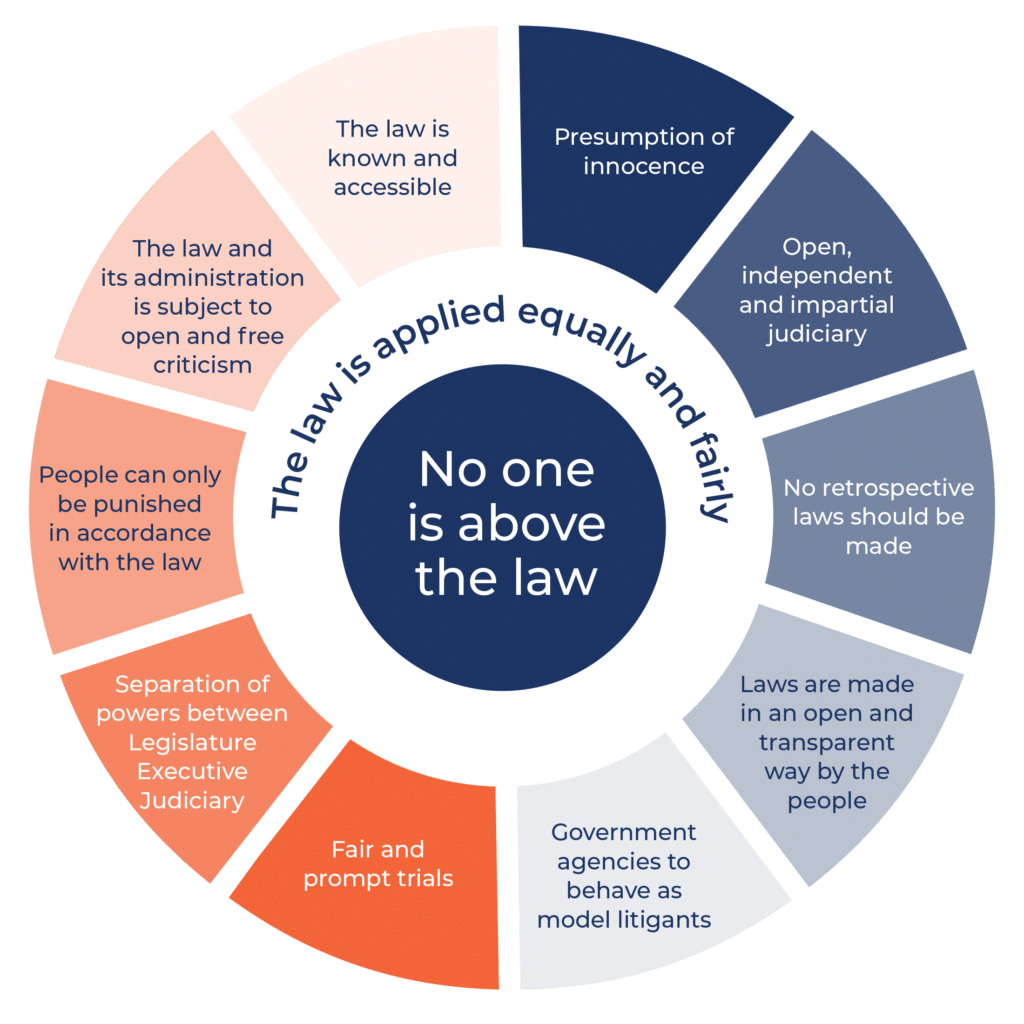The legality of the events of the past few days regarding action taken by the Australian Navy to intercept a boat carrying 153 asylum seekers from Sri Lanka and evaluate their claims for refugee status while on board a Navy vessel will be the subject of scrutiny by the Full Bench of the High Court. It has been asked to decide whether the Government has power to determine applications for protection in this minimalist way on the high seas, as opposed to its power over asylum seekers who come within the Australian migration zone. The proceedings have been adjourned to a later date this week.
Significant rule of law issues are raised by the proceedings: what legal principles apply and to what extent are the actions of the executive constrained by those legal principles?
Over the past few weeks, the High Court has handed down a number of other significant decisions concerning the position of asylum seekers coming to Australia by sea who have entered the Australian migration zone.
This blog summarises the points made by the High Court in the following cases below, see our more extensive summaries here:
- The Manus Island case – Plaintiff s156-2013 v MIBP [2014]
- The Capping of Protection visas cases – Plaintiff S297/2013 and Plaintiff M150/2013 v MIBP [2014]
- The Meaning of “Serious Reasons” – FTZK v Minister for Immigration and Border Protection
This is the rule of law in action – holding the powers of the executive (the Minister and Department staff) accountable to the law as made by the Parliament and interpreted by judges and the court.
Asylum seekers are known under the Migration Act 1958 (Cth) as “unauthorised maritime arrivals” (‘UAMs’) according to s5A of the Migration Act. In these decisions, the High Court has been called upon to interpret the meaning of sections of the Migration Act, and has placed boundaries around the powers of the Minister for Immigration and Border Protection and officers of the Department whose powers are largely governed by the Act.
In its decision on the Manus Island case (Plaintiff S156 – 2013 v Minister) dated 18 June 2014, the High Court considered the validity of the Minister’s declaration of Manus Island (which is part of Papua New Guinea) to be a “regional processing centre” where UAMs can be taken to and have their application for a protection visa assessed and, if they are found to be satisfy the test of a “refugee” in the Refugee Convention, given a protection visa which will allow them to stay in the area of the regional processing centre. Otherwise, they can be sent back to the country from which they came. The background to this case was that the High Court had previously found the designation of Malaysia as a regional processing centre was invalid. It is important to note that Malaysia is not a party to the Refugees Convention or its Protocol and is not bound by international law or its own law to provide procedures and protection for people seeking refugee status. Papua New Guinea, on the other hand, is a party to the Convention and has accepted obligations under international law with respect to refugees.
The High Court found that the Minister’s declaration was valid, even though it stated that “there may be some doubt whether … [the amendments in question] … can be said to respond to Australia’s international obligations under the Refugee Convention”. That is to say, the Court found that the declaration satisfied the legalities of the Migration Act, even if they did not comply with Australia’s human rights obligations under international law. For a full summary of the decision, click here.
But having found the Minister’s declaration of Manus Island to be lawful, two days later on 20 June 2014, the High Court found that the Minister’s decision to limit the number of protection visas to be granted in a particular year was unlawful in two cases brought by asylum seekers. This was because of the way in which the High Court interpreted the Minister’s power in the Migration Act to cap the number of visas of certain kinds. The High Court said that the way the power was expressed in the Act meant it could not have been intended to apply to protection visas. The effect of that decision was that the two asylum seekers on whose behalf the cases were brought could not have their applications refused just because the Minister had decided to limit the number of protection visas in that year. The case demonstrates how the Court will look carefully at the totality of the Migration Act and its purposes to decide what exactly certain provisions of the Act mean. In rule of law terms, the case shows how the Court, not the Minister or the Executive, decide the final meaning of legislation and its implications for the power of the executive. For a full summary of the decision, click here.
In a further decision a week later, the High Court was called upon to decide on the meaning of a term in the Refugees Convention that has been incorporated into the Migration Act, being the term “serious reasons for considering that [a person] has committed a serious non-political crime”. If it is shown that serious reasons of this kind exist, then even if the person otherwise satisfies the definition of refugee in the Convention, that person can be refused a protection visa, and can therefore be returned to his or her country.
In this case, the High Court looked at previous decisions interpreting the term, not only in Australia, but also the United Kingdom, Canada and New Zealand, and the important implications for the person if it is found that “serious reasons”. The High Court did not agree with the way in which the Administrative Appeal Tribunal had originally interpreted the term and found that serious reasons did exist in relation to this applicant and sent the case back to be re-decided. For a full summary of the decision click here.
To summarise the significance of these cases for the rule of law, the High Court:
- has found that regardless of the merits of the offshore processing regime in terms of human rights, it cannot overrule statute that is constitutionally valid – whether or not it is in breach of international treaties such as the Refugee Convention and human rights concerns;
- indicated that it will scrutinise the meaning of terms in the Migration Act and apply rules of statutory interpretation that include the presumption that parliament intends to act in accordance with its international human rights obligations if there an ambiguity in the meaning of the Act that needs to be resolved;
- has demonstrated that it will give close consideration of the facts and evidence in particular cases that affect the liberty of individuals, including applicants for protection visas.






